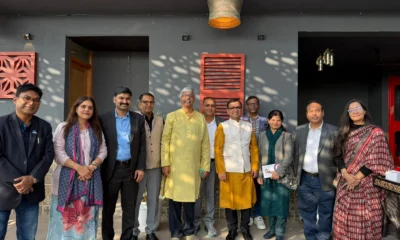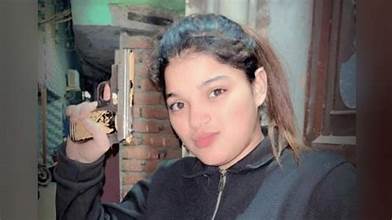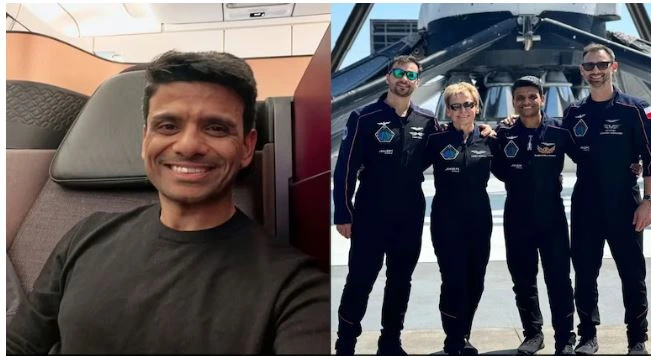Latest Science News
30-minute sunbath a week can make infants Vitamin-D sufficient: Study
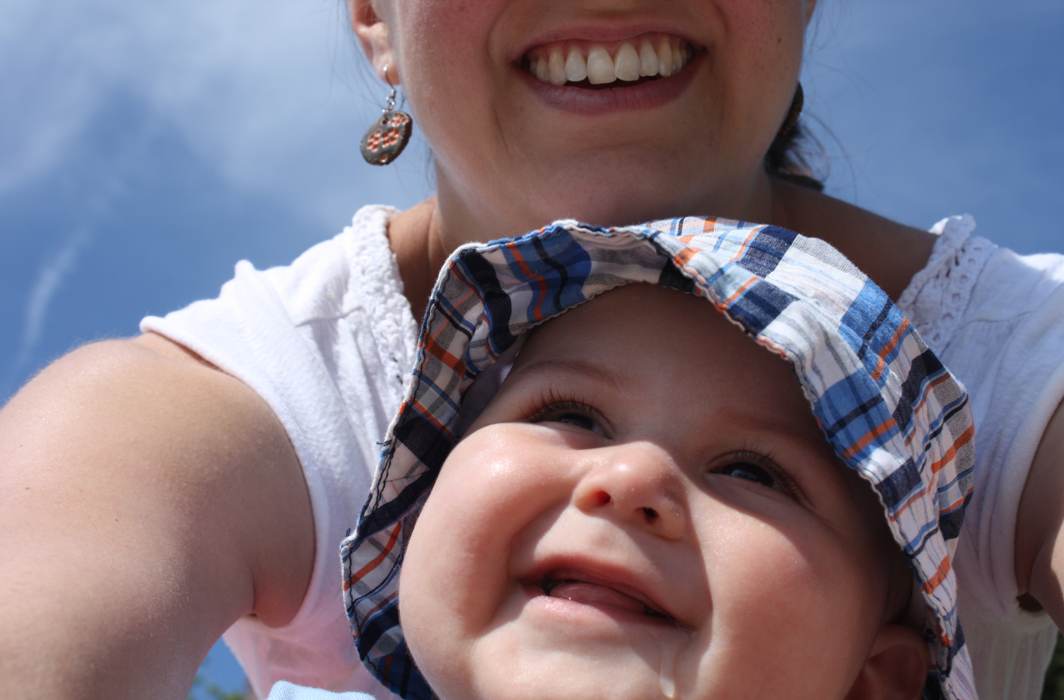
Latest Science News
Astronaut Shubhanshu Shukla to meet PM Modi after return from historic space mission
Astronaut Shubhanshu Shukla, who recently returned from the ISS as part of the Axiom-4 mission, will meet PM Modi this evening. Parliament will also hold a special discussion on his historic journey.
India News
Shubhanshu Shukla pens emotional note as he returns to India after space mission
Indian astronaut Shubhanshu Shukla penned an emotional Instagram post as he returned to India after his 18-day ISS mission, marking a milestone in India’s space journey.
Latest Science News
Shubhanshu Shukla becomes second Indian in space, lifts off for ISS aboard Axiom-4 mission
Group Captain Shubhanshu Shukla becomes the second Indian astronaut to travel to space after four decades, aboard the Axiom-4 mission to the International Space Station.
-
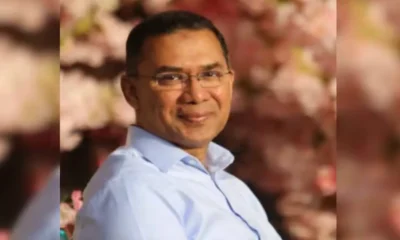
 Latest world news19 hours ago
Latest world news19 hours agoTarique Rahman returns to Dhaka after 17 years, massive crowd greets BNP leader
-

 India News24 hours ago
India News24 hours agoKarnataka bus-truck collision on NH-48 leaves 10 dead as sleeper bus catches fire
-
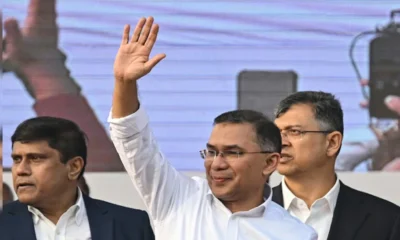
 Latest world news16 hours ago
Latest world news16 hours agoKhaleda son Tarique Rahman arrives to rapturous welcome in Bangladesh
-

 India News24 hours ago
India News24 hours agoCried over Gaza, not a word on Bangladesh: Yogi Adityanath attacks opposition in UP Assembly
-

 India News24 hours ago
India News24 hours agoChristmas 2025 wishes for WhatsApp and Instagram status to share joy and warmth
-

 India News23 hours ago
India News23 hours agoPM Modi pays tribute to Atal Bihari Vajpayee at Sadaiv Atal, says leadership is defined by conduct

